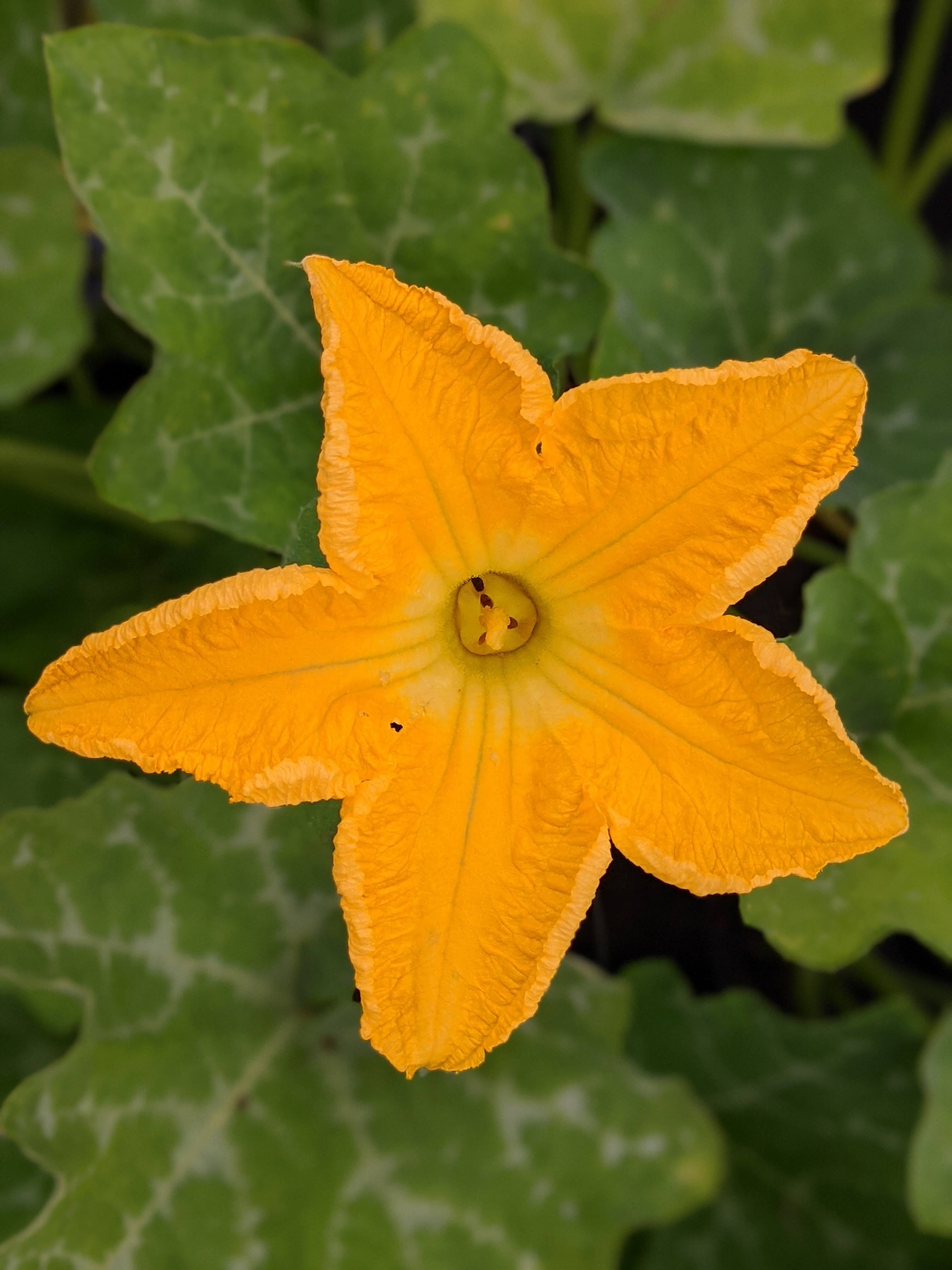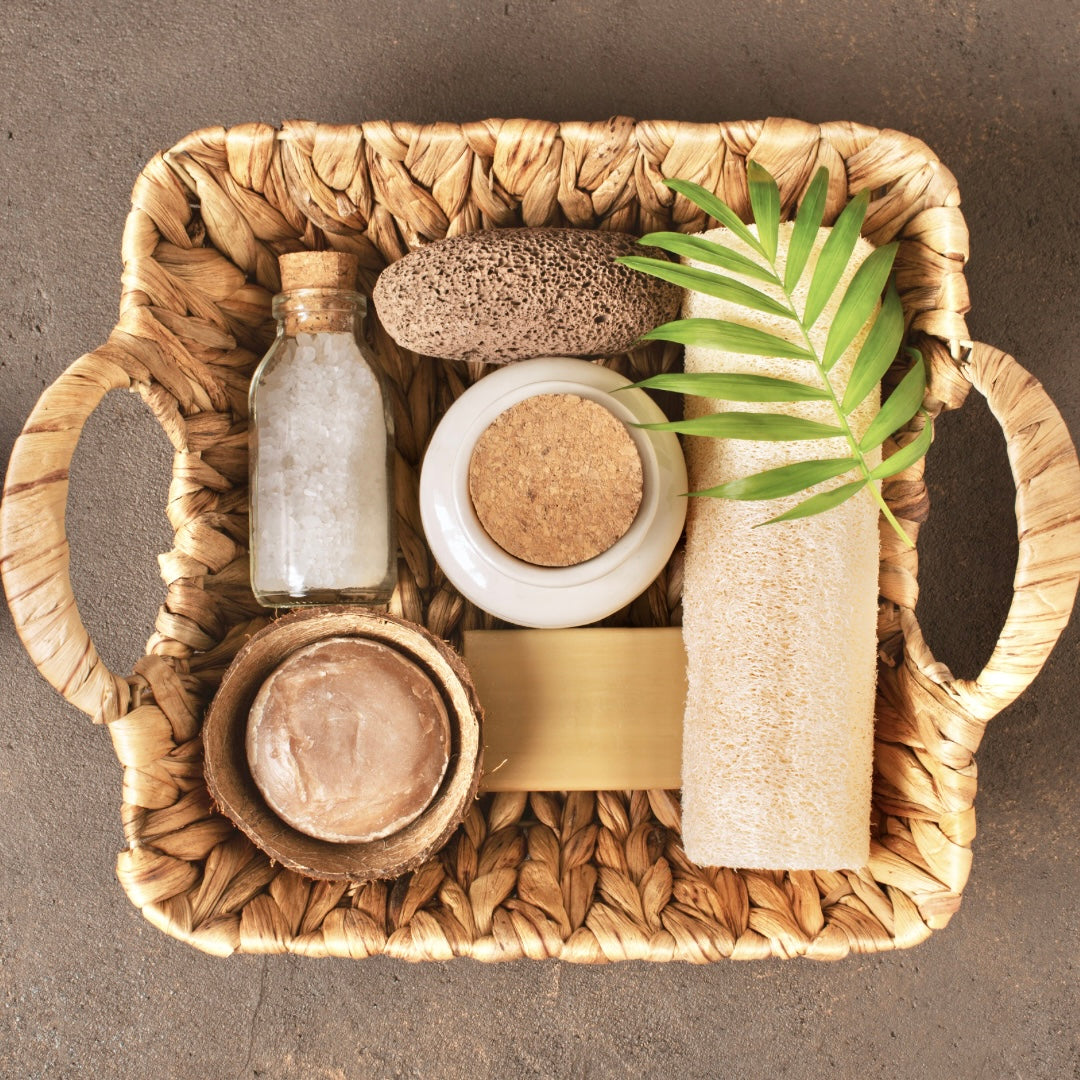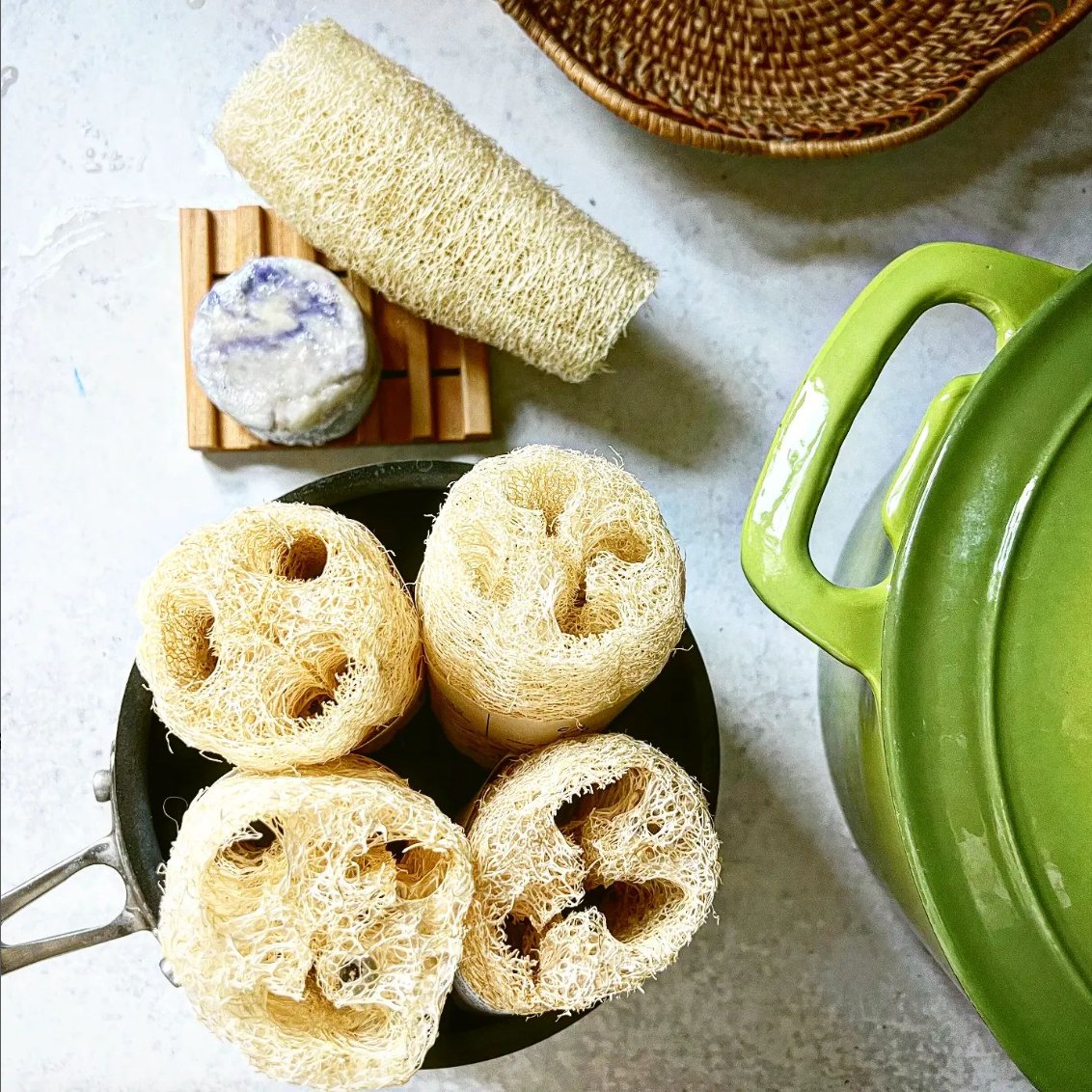
Luffa: A History of Joy
A versatile, sustainable crop that’s traversed millennia… and the entire world!
Luffa is actually a species of plant and not a ‘sea sponge’ as most people might think! While sea sponges are very real and still used today, they require marine farming techniques as well as 2-3 years of growth before they’re ready to use. On the other hand, luffa—often referred to as a vegetable sponge, rag gourd, or sponge gourd—needs about 200 days before it’s ready to rock.
As a member of the gourd family, luffa shares its family coat of arms with melons, pumpkins, cucumbers, zucchini, and squash. With over 965 species, the gourd family is quite large and forms the bedrock of agricultural biodiversity.
Where did luffa come from?
While luffa’s origin can be traced back to the ancient world, it is believed to originate from the lush, tropical environments of Southeast Asia. Over the millennia luffa made its way to other continents with archaeological evidence showing it appeared in Egypt as far back as 3500 BCE—ancient Pharaohs and Queens used it to bathe, making it the original sponge.
Fun fact: 3500 BCE is the same time period that archaeologists trace back the oldest known wheel from Mesopotamia so luffa’s lasting power is certainly incredible!
When did luffa start appearing in North America?
The luffa eventually made its way across oceans and around the world with carbon dating showing that it was brought to North America some 9,000 years ago, which would have been during the Neolithic period (roughly 8,000 BCE to 3,000 BCE). During this time, also known as the New Stone Age, ancient humans transitioned from hunter-gatherer societies to agricultural settlements.
Fun fact: it was also ~9,000 years that maize was domesticated in central Mexico to give you some perspective!
Fast forward to early European settlements in North America, which grew luffa and established it as one of the earliest domesticated crops in the New World. Today, its presence graces the aisles of vegetable markets across the United States, particularly within the diverse enclaves of New York, California, Florida, and right here in the Lowcountry of South Carolina.

But wait, is it spelled luffa, loofa, loufa, lufa, or loofah?
The name "Luffa" carries with it an air of mystique, embodying an ancient and distinctive natural wonder. Yet, even in its name, there exists a curious lack of consensus.
Introduced to the annals of Western botany by Johann Veslingius—a German anatomist and botanist of the 17th century—the moniker "Luffa" found its place in the nomenclature. However, it wasn’t until Joseph Pitton de Tournefort, a French botanist, bestowed upon it the formal botanical genus name "Luffa.”
Despite this, it's not surprising that there are several other spellings found in modern English but we choose to spell it "Luffa," which aligns with its scientific genus designation and good ol’ Mr. Pitton de Tournefort. And just to make it more interesting, there are in fact three different species of luffa—Luffa acutangula, Luffa operculata, and Luffa aegyptiaca (also called Luffa cylindrica, which is what we grow here at Common Joy).
Luffa’s many uses throughout history
Luffa's significance transcends its mere botanical existence, as it has woven itself into the fabric of human utility. Across diverse corners of the world, it has been harnessed for an array of medicinal applications, its extracts wielded for their healing prowess. It has also been a part of Asian and African culinary traditions for thousands of years.

The versatile nature of the luffa extends even further, finding its place as a vital component in the creation of tools, mattresses, and even insulation. Its fibers have adorned soldiers' helmets and artists' palettes alike. Its intricate patterns have lent themselves to ornaments and decorations, and its porous composition has even facilitated water filtration.
The annals of history bear witness to luffa's resilience and adaptability. In the lead-up to and during World War II, the luffa gourd's skeletal framework was ingeniously employed in the crafting of diesel engine oil filters and steam engine filters. This chapter in its history highlights the resourcefulness and ingenuity that luffa has inspired even during times of scarcity.

Beyond its botanical significance, luffa's role in human utility spans millennia and cuts across the realms of medicine, cuisine, craftsmanship, and engineering. Luffa stands as a testament to the enduring partnership between nature and human ingenuity. Its epic journey through time and space is a reminder of the remarkable ways in which a seemingly ordinary plant can weave itself into the tapestry of human history, embodying resilience, adaptability, sustainability, and the enduring power of innovation.
One sponge for all.
All plant. All purpose. All people.



